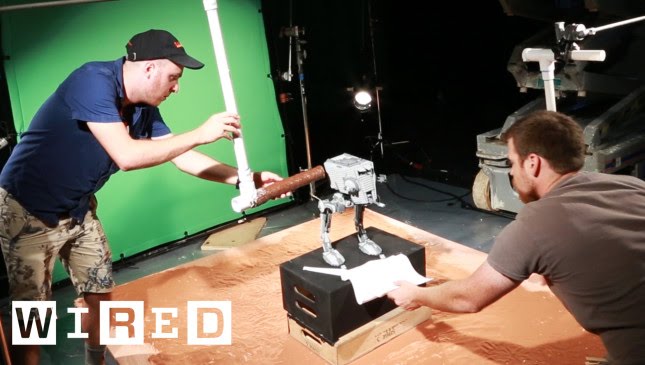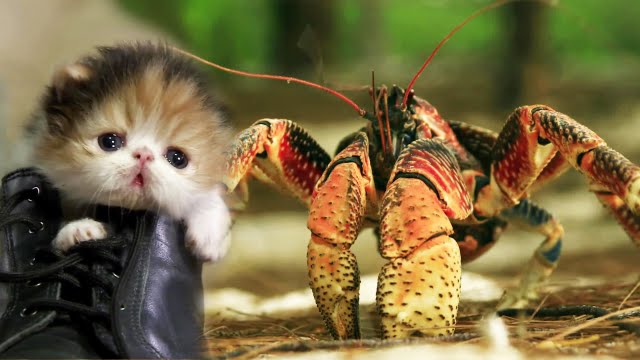Creating Magic with Shadows: A Q&A with the Artistic Directors of Palabola
Summary
In this interview, the artistic directors of Palabola, Renee Jaworski, and Matt Kent, talk about their creative process of making art with shadows. They explore the history of their dance company, how they started working with shadows, and the principles behind creating shadow images. They also delve into the importance of limitations in creativity, being agile in real-time, and how audiences are the final collaborators in creating a Palabola show.
Table of Contents
- The Founding of Palabola
- The Art of Shadows
- Discovering Simple Rules
- The Choreography Dance Behind the Scenes
- The 7 Principles of Creating Shadow
- The Importance of Limitations in Creativity
- Being Agile in Real-Time
- Inviting Audiences as Collaborators
The Founding of Palabola
Q: Can you tell us about the founding of Palabola?
A: Palabola was created in 1971 by four men who had no dance experience. It started as a traditional dance company that made art with their bodies. This quickly evolved into being part of theatrical productions and even delving into online performances like our shadow work. As artistic directors, our goal is to bring the group together around a shared vision.
Q: What are the challenges of having a partner as the other artistic director?
A: One of the benefits is that while one of us is in the moment, the other person can act as an editor or help find the next step. Being a performer means being interested in everything, so sometimes you have to reign people in, so as not to over-generate.
The Art of Shadows
Q: How would you describe the use of shadow in Palabola performances?
A: Many people identify Palabola with the idea that our dancers blend together, and the audience cannot tell where one body starts and the other ends. We use this same technique with shadows. You’re just overlapping them, and it’s challenging to discern where one’s head or where one’s butt is.
Q: How do you incorporate other mediums into shadow performances?
A: Apart from using our bodies for shadow performances, we realized we could use clothes and props. Thus, we could make things look three-dimensional when they are not. The more we played with this medium, the more the rules began to open up, and we had more to work with.
Discovering Simple Rules
Q: Could you tell us some of the rules behind creating shadows?
A: We have a light source, and when you move closer to it, you grow bigger. Conversely, if you move away from the light source, you get smaller. We decided to call the light cone that shines out a “corona.” How do you come in and out of that corona and into the shadows; this was a significant part of our discussion.
Q: How do you manipulate body parts or clothing to make shadow images?
A: To make the shadow images look straight, sometimes the person needs to be in a weird position, like leaning back. Also, if you move a body part slightly toward or away from the screen, we can shorten or lengthen it. We use clothes with stretch to expand or contract body parts. The closer you are to the projector, the bigger your shadow is, and the closer you get to the screen, the smaller it becomes.
The Choreography Dance Behind the Scenes
Q: Can you explain the process behind creating shadow images?
A: There is a whole other kind of dance choreography that happens behind the scenes. There are times when people are in a shape, and the final job is to cover some tiny little pinprick of light that’s ruining it. The amount of teamwork that the dancers and performers have is significant. If one person is not paying attention, the whole image could come crashing down.
Q: Is there a specific choreography that occurs during the performance?
A: Getting into place is often a roll call, and we have coronas just before the creation of the composite image. This is when a corona sprays outward complexly before it comes together to create the final picture.
The 7 Principles of Creating Shadow
Q: Could you explain the principles behind creating shadow images?
A: Apart from the principle of understanding light sources, we need to recognize what is flat; this helps us make people look straight. We could shorten or lengthen body parts by moving them toward or away from the screen. Also, we use clothes that have stretch to create bellies or stretch our figures. By bringing two people from the center and moving them apart, it can give the illusion that one is growing and the other is shrinking.
The Importance of Limitations in Creativity
Q: Can limitation be beneficial to creativity?
A: Limitations are fantastic for creativity because it forces you to work within its rules and boundaries, thereby pushing the boundaries of what is possible. When there is no limitation, it becomes harder to make a decision.
Q: How do you tackle new challenges and ideas?
A: We don’t have one person directing the group, and our ideas come from everywhere. As they coalesce into the center, that’s when we start to see what it will become. Sometimes information isn’t at the beginning but at the end or somewhere in the middle. Sometimes it’s in these small moments that help inform the rest of the piece.
Being Agile in Real-Time
Q: How do you stay agile and responsive?
A: It’s about being able to change course and recognizing when an idea isn’t working. Even when there is this crazy optimism, you should be ready to ditch an idea that isn’t making much sense. There are times when you feel like you’ve got it, only to realize it’s not working, and you have to make a quick change.
Q: How important is it to be willing to fail?
A: It’s essential to be willing to fail as it serves as a guard against mediocrity. Sometimes, the idea of the final product in your head is exciting, but once it begins, it might not come out as expected. By having a possibility of failure, you are always working towards making it better.
Inviting Audiences as Collaborators
Q: Can you elaborate on the role of the audience in Palabola’s performances?
A: The audience is the final collaborator in Palabola’s performances. Without the audience, we’re just making cool stuff in a bar. They’re the ones who make it click and transform into something more significant. We invite them to engage and, in the end, create a Palabola show.
Conclusion
Palabola incorporates limitations into their creative process, and this helps to push beyond boundaries of what’s possible. Their use of shadows helps to create complex shapes that blend into one another, giving the illusion of bodies morphing. The director coalesce ideas from all over to make something new, and the audience serves as the final collaborator in a performance, transforming it into something magical. Palabola’s creativity process encourages being agile and ready to fail, making it a unique art form that keeps evolving.






